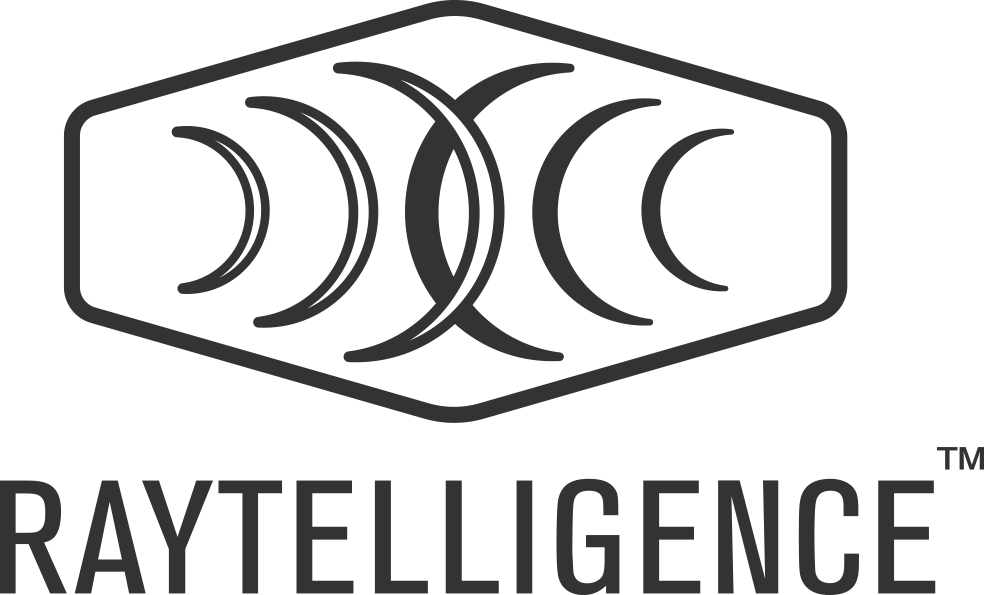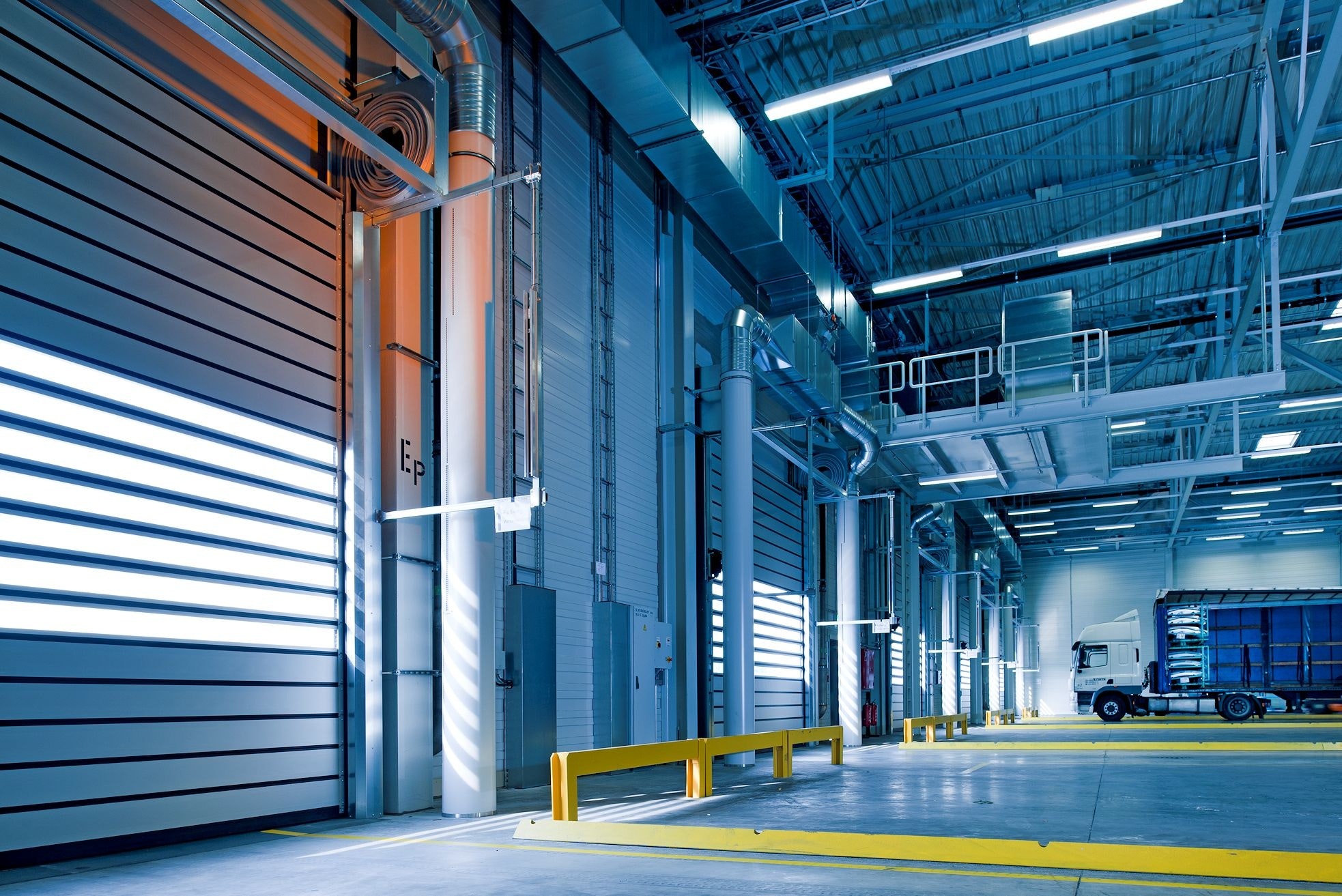Raytelligence is proud to launch the release of the new brand Radsenz. This industrial brand, whose first series of sensors, RDZ2201, consists of six sensors, is specifically adapted to meet the expectation of a broad application base. Each device contains an integrated interface, accessible via 2.4GHz WLAN, where the user, with comprehensive control, can operate the behavior of their device but also receive a clear overview of the sensor’s field of view.
Making its way through the competition, Radsenz devices utilize radar technology and its many benefits. Operating on the open GSM 60GHz frequency band, the radar has a high precision accuracy even down to one millimeter (for our 10-meter-sensor), becoming a worthy rival to the ultrasonic sensor, with a slight benefit of being less sensitive to temperature variations. Radar signals pay no regard to smoke, dust, or debris that might interfere with laser sensor devices. While laser sensors have meticulous accuracy, they quickly become inefficient and unreliable in these cumbersome environments. Laser sensors will always react to the first object reflecting the emitted light. In the graphical user interface of each RDZ2201 sensor, the Radsenz Dashboard, the user can filter out this first reflection and, if required, react on the most significant target, as radio waves can traverse through certain materials, ignoring a first and perhaps unwanted object. If the user is well aware of the area to be surveilled, the user now has more control and an improved overview.
To provide the user this improved overview of the sensor’s entire field of view, the Radsenz Dashboard includes a Range profile, a graphical presentation of the radar’s entire field of view. The Range Profile is a graph plotting Amplitude as a function of Range, and to keep this from getting all too scholastic, the higher the Amplitude, the more radar reflections are received for a certain distance (Range) from the sensor. This functionality offers a clear distinction between the objects in the surveilled area. And if the Range Profile is inadequate for this determination, the Dashboard Zoom function is ideal to home in on a specific area for better determinations.

In the radar’s entire field of view, you naught have to react to the first target, as a laser sensor might; you can also choose to react on the largest target – but also in which interval of the radar’s field of view. This specific interval is what we call the Range of Interest, or ROI for short. If you, e.g., use the device RDZ2201CL, capable of distance measurements up to 50 meters, but are only interested in a range between 25-30m? No issue; set the Range of Interest to these limits, and you will receive output according to these parameters. For the relay version RDZ2201RL, you can set a threshold for digital output to your end system. A threshold exceeded by an Amplitude peak, and your system will receive this information. As the sensors compute input at a high rate of up to 47Hz, they are ideal for proximity, level detection, and motion sensors.
Have a look at our Industry product page to see if any of our options can suit your needs. If you have any questions about the Radsenz Dashboard or something else that might turn afloat in the wake of the Radsenz release, get in touch with us! We have a passionate team behind us who’ll happily answer your questions.

